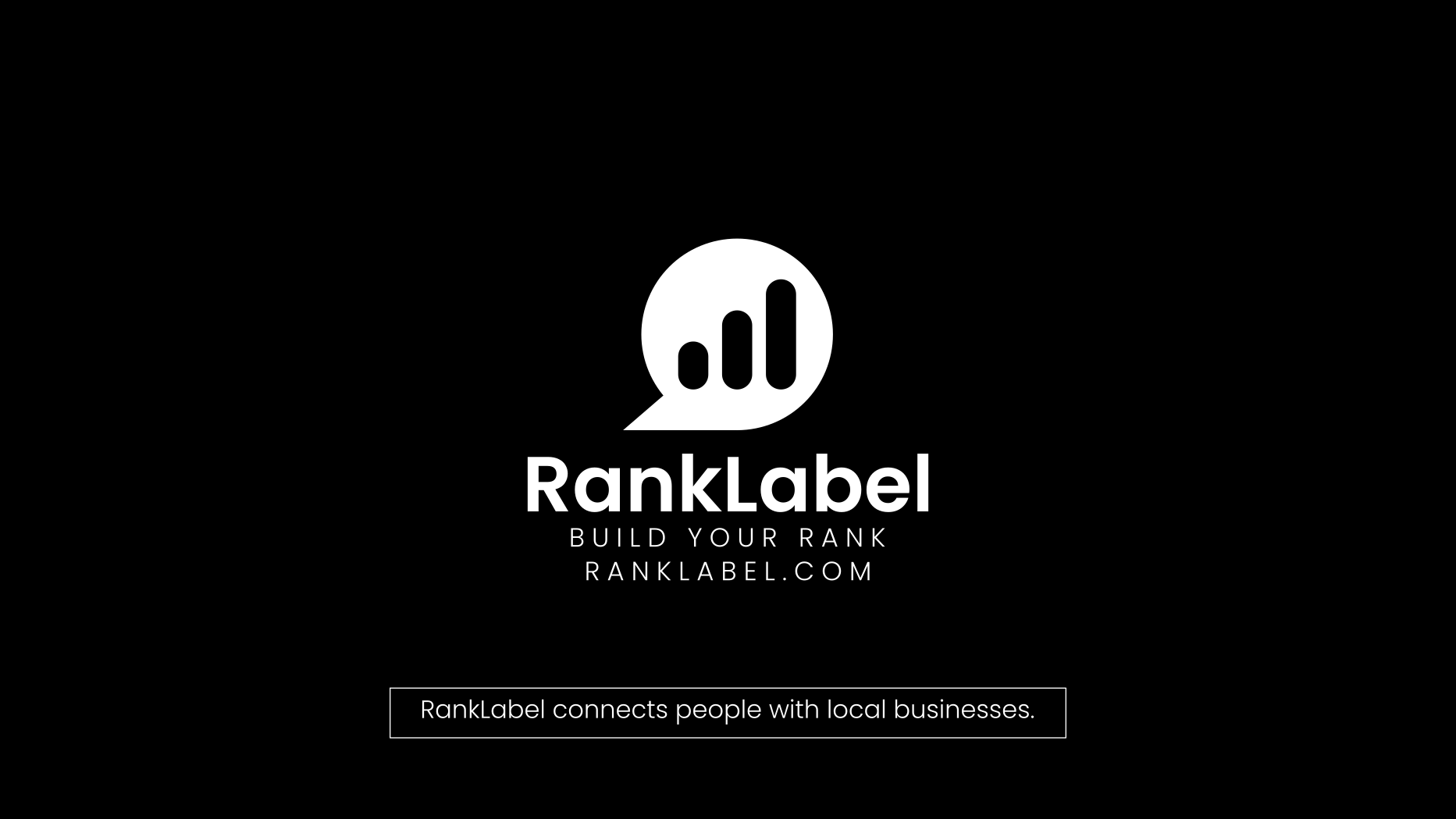Revolutionizing Product Development with Custom 3D Prototypes and On-Demand Printing

The landscape of product design and development has been progressively transformed by the integration of 3D printing technologies. Custom 3D prototypes, 3D printing for product development, and on-demand 3D printing are now pivotal in streamlining the design process, enabling faster iterations, and reducing costs across various industries. This post delves into how these technological advancements are revolutionizing the way products are designed, prototyped, and brought to market.
The Emergence of Custom 3D Prototypes in Modern Manufacturing
The concept of custom 3D prototypes is not merely about bringing a new product idea into tangible form. It's about embodying innovation in a way that allows for immediate feedback and swift iterations. With the advent of 3D printing technology, prototypes can be produced much more quickly and economically than through traditional manufacturing methods.
The ability to create detailed and functional prototypes on-demand has significantly reduced the time from concept to production. This is especially crucial in industries where being first to market can be a significant competitive advantage. Custom 3D prototypes allow designers and engineers to test and refine their products in real-time, optimizing the final product’s functionality and user experience.
Understanding 3D Printing for Product Development
3D printing, or additive manufacturing, plays a crucial role in modern product development. It involves creating three-dimensional objects from a digital file, where the machine layers material until the object is formed. This technology has several benefits for product development:
- Speed: Rapid prototyping allows for the quick creation of complex designs, reducing the development cycle.
- Cost Reduction: It minimizes the waste of materials and eliminates the need for costly molds or tools in the initial stages.
- Flexibility: Changes to the digital design can be made instantly, allowing for easy modifications without additional costs.
- Accessibility: Smaller companies and startups can access the same technologies as larger corporations, leveling the playing field in product innovation.
These advantages highlight why 3D printing is becoming a cornerstone in product development strategies across various sectors, from consumer electronics to medical devices.
On-Demand 3D Printing: A Game Changer for Businesses
On-demand 3D printing services have opened up new opportunities for businesses, particularly in reducing inventory costs and enhancing product customization. This service model involves producing parts only when they are needed, in the exact quantity required, thus minimizing waste and storage needs. Here’s how on-demand 3D printing is transforming industries:
- Reduced Overhead Costs: Companies no longer need to maintain large inventories or storage facilities for spare parts or products, as items can be printed as required.
- Customization: Each item can be customized to the end-user's specifications without significant additional costs or lead times.
- Efficiency: Streamlines supply chains by printing closer to the point of use, reducing shipping times and costs.
- Eco-friendliness: Reduces the carbon footprint associated with mass production and long-distance transportation of goods.
The flexibility offered by on-demand 3D printing means that companies can respond quickly to market changes and consumer preferences without the risk of overproducing or holding obsolete stock.
Industries Leveraging 3D Printing for Competitive Advantage
Several key industries are capitalizing on the benefits of 3D printing for product development. These include:
- Aerospace: Known for its stringent safety and precision standards, the aerospace industry uses 3D printing to produce lightweight, complex components that reduce the overall weight of aircraft, thereby saving fuel.
- Automotive: From custom tooling and fixtures to end-use parts, automotive manufacturers utilize 3D printing for quicker prototype development and testing.
- Healthcare: The ability to create patient-specific models from medical imaging data is revolutionary, particularly in areas like orthopedics and prosthetics.
- Retail: Customization of consumer goods such as jewelry, footwear, and home decor is made possible with 3D printing, offering customers unique products tailored to their preferences.
These industries are just a few examples of how 3D printing is being employed to enhance product offerings, reduce costs, and improve market responsiveness.
Challenges and Considerations in Adopting 3D Printing
Despite its many benefits, integrating 3D printing into existing manufacturing processes comes with its set of challenges:
- Material Limitations: Not all materials can be used for 3D printing, and some may not meet the strength or durability requirements of particular applications.
- Technological Barriers: There is a steep learning curve associated with operating sophisticated 3D printing equipment and managing the software that accompanies it.
- Cost of Implementation: Initial investment in 3D printing technology can be high, though it tends to pay off in the long run.
- Regulatory and Safety Issues: Particularly in industries like healthcare, where products must meet stringent regulatory standards.
Businesses must carefully evaluate these factors to determine how best to integrate 3D printing into their operations effectively.
Conclusion
Custom 3D prototypes and on-demand 3D printing are not just reshaping product development; they are setting new standards for manufacturing, creativity, and efficiency. As technology continues to evolve, it will likely become even more integral to the production processes of industries worldwide. By embracing these innovations, companies can enhance their competitive edge, reduce costs, and offer more personalized products to their customers.
For businesses looking to stay ahead in the rapidly changing market landscape, investing in 3D printing technology could be the key to unlocking new potentials in product development and beyond.











